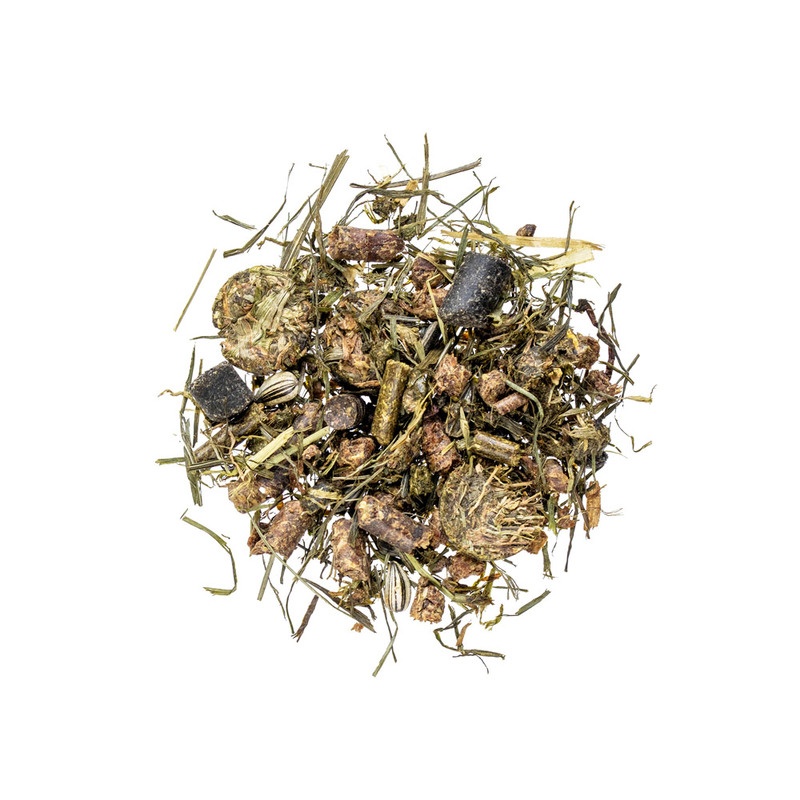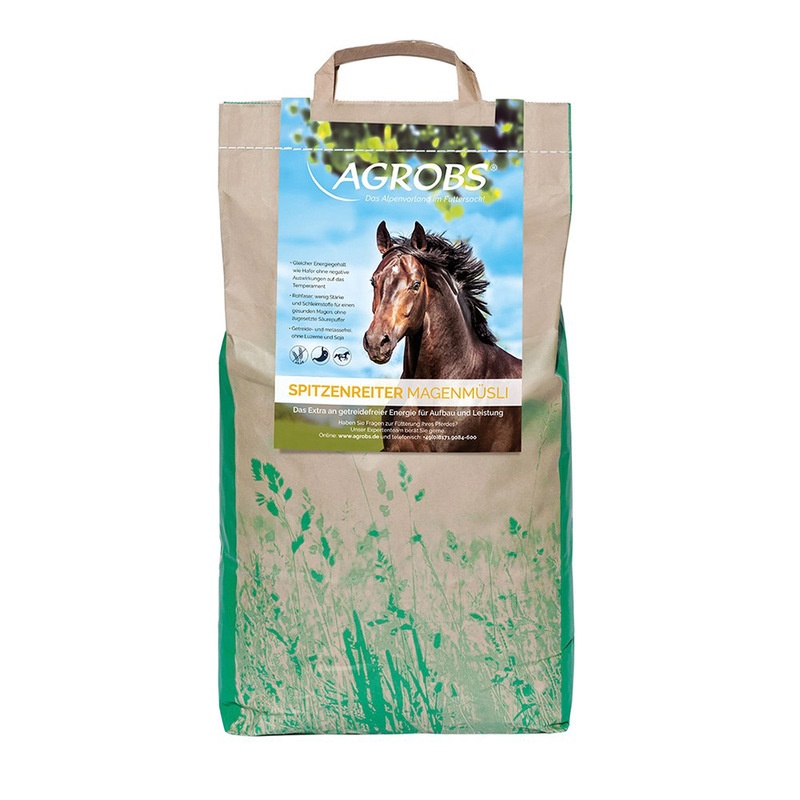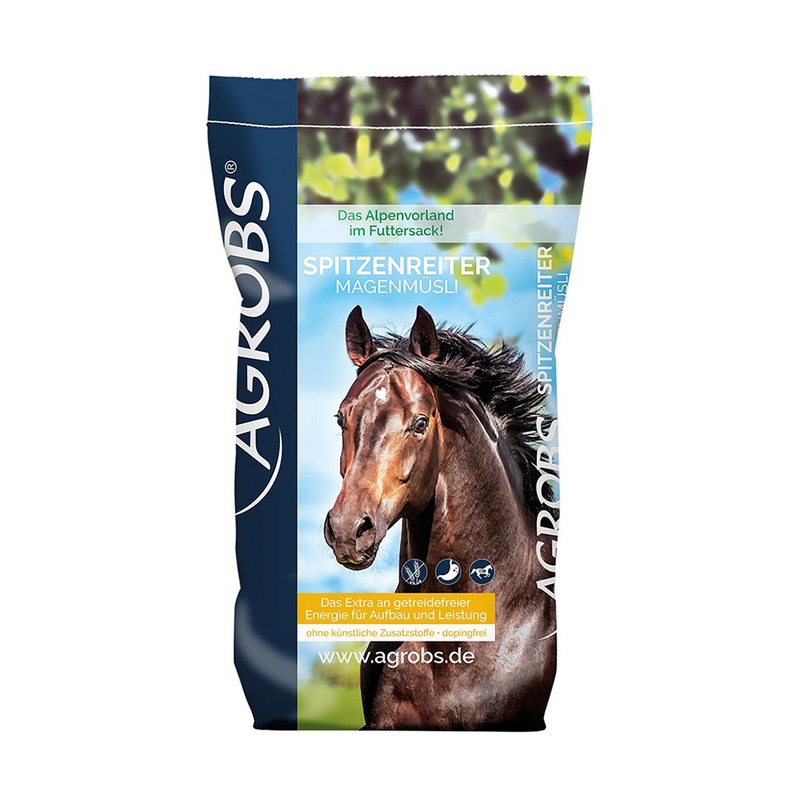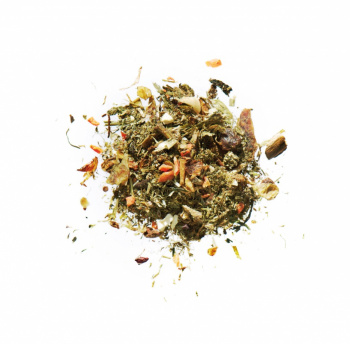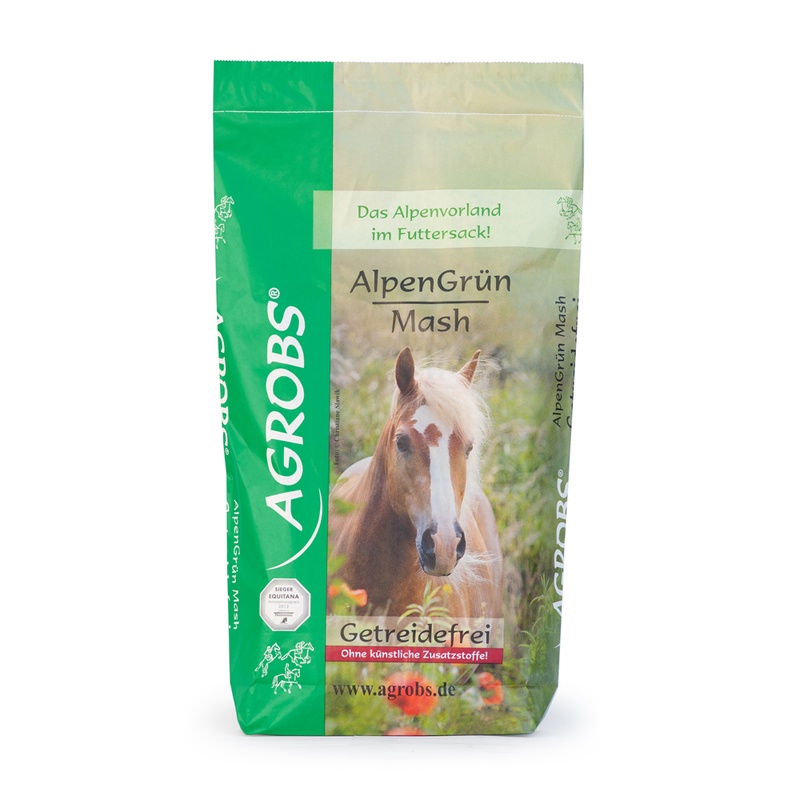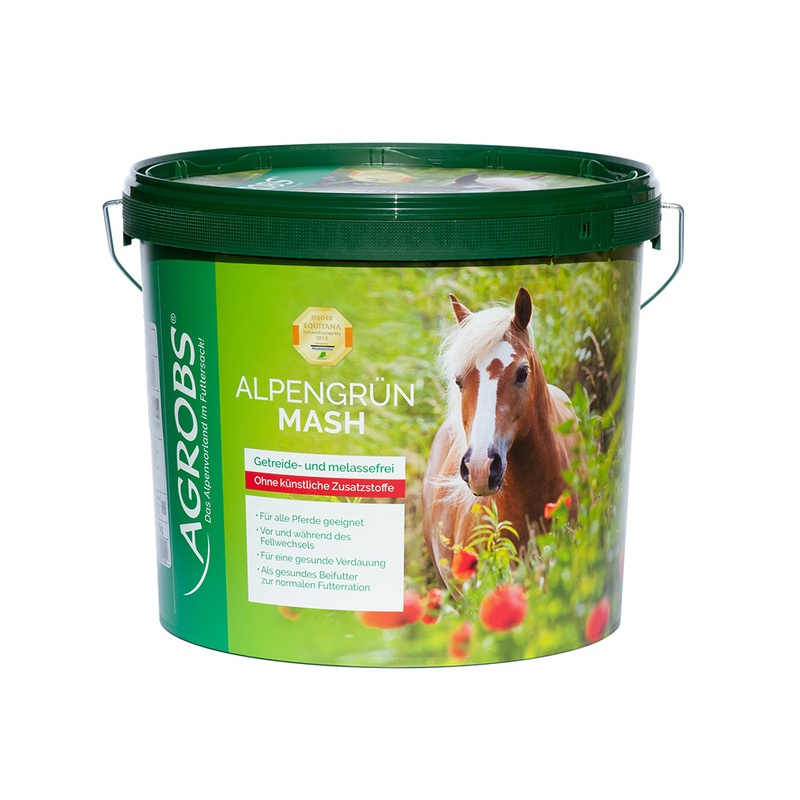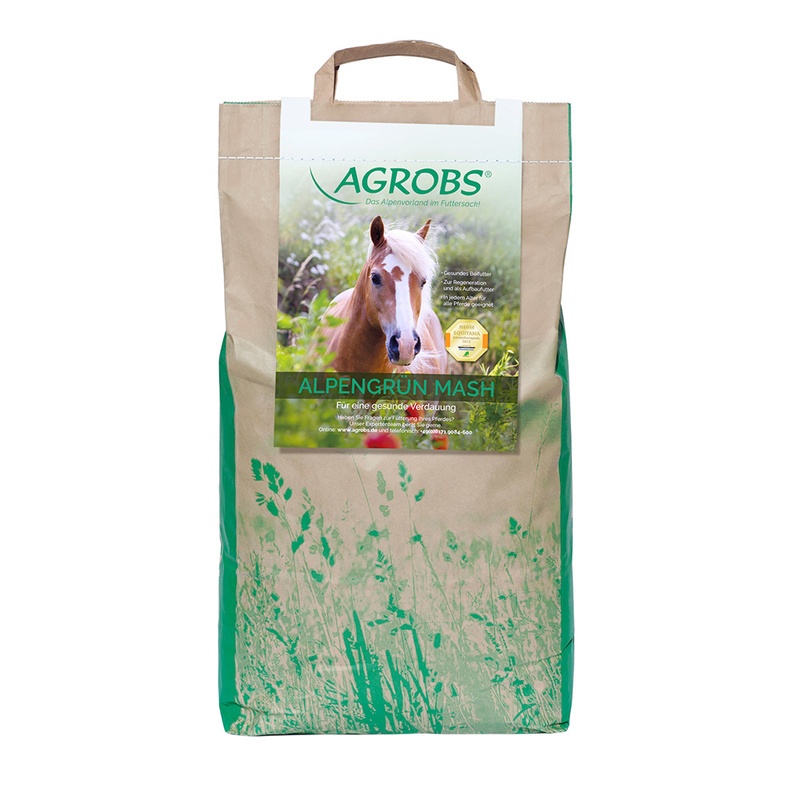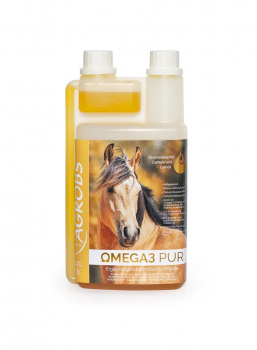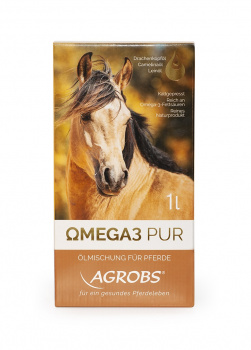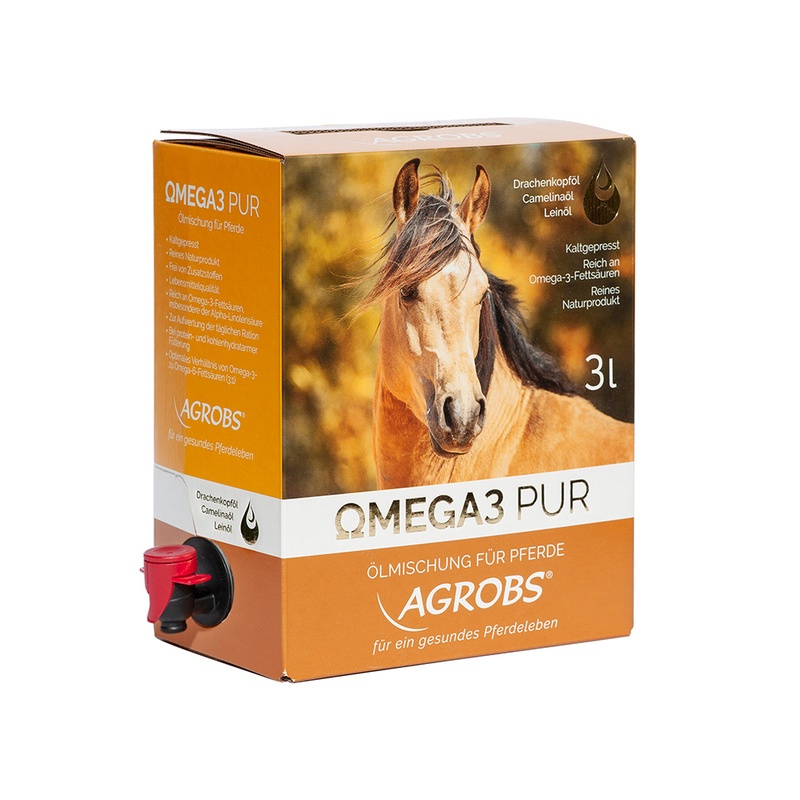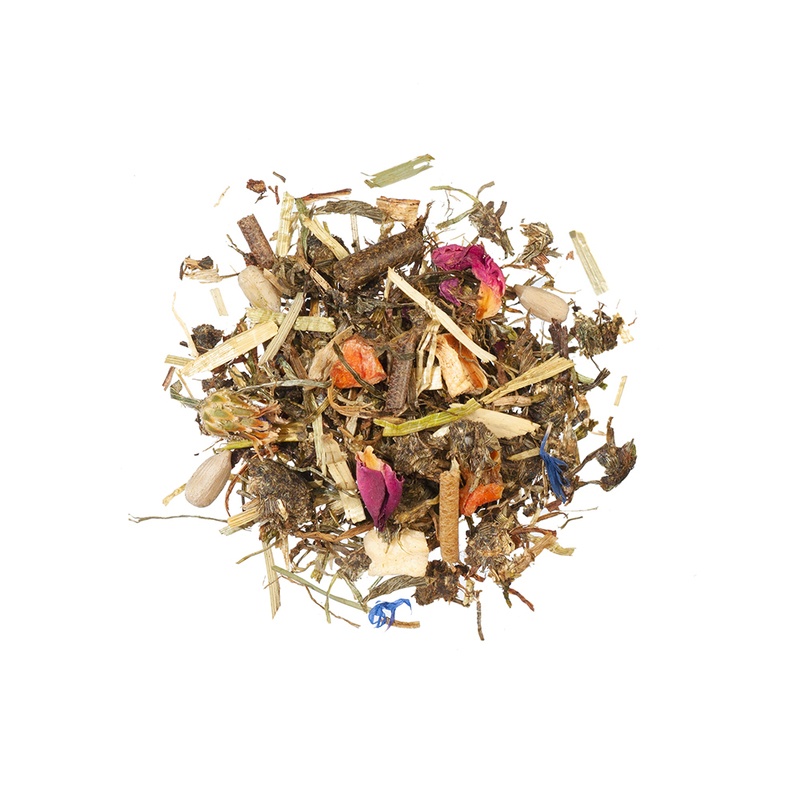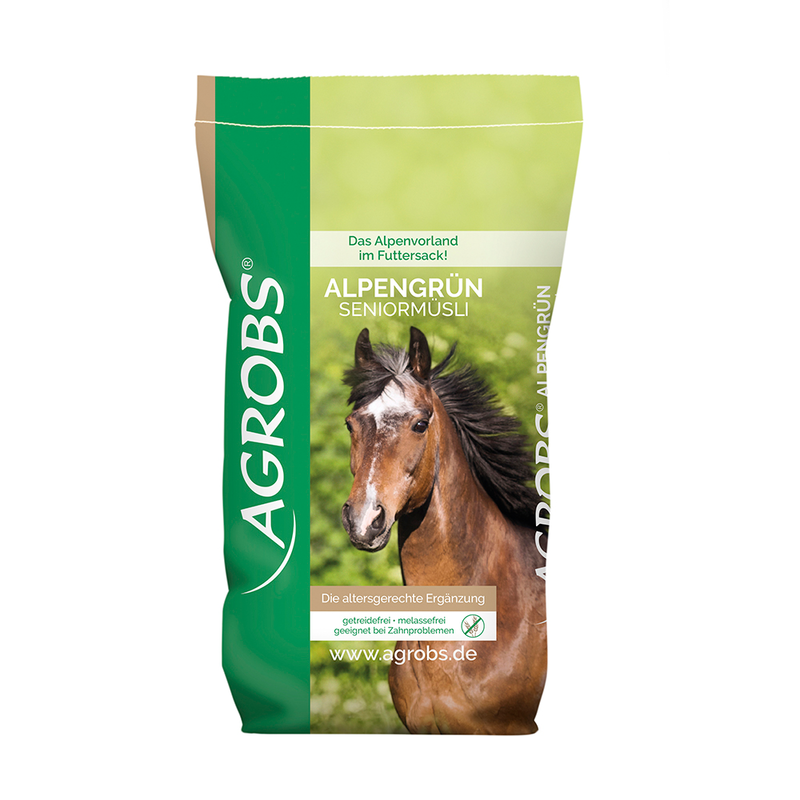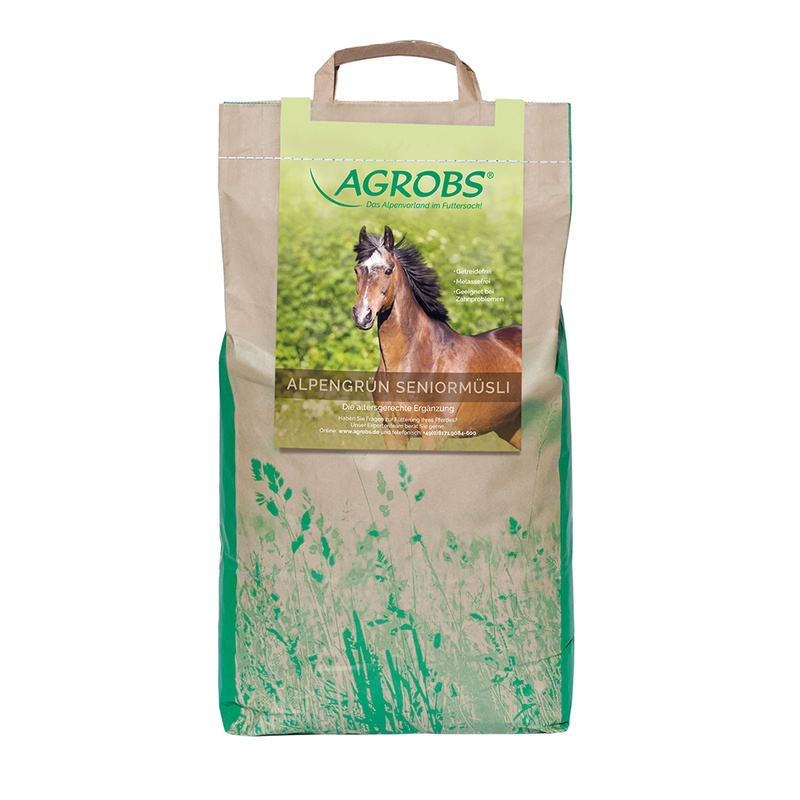
Oils and Fats in Horse Feed
Fats have the highest energy density of all nutrients. Despite the absence of a gall bladder, horses can utilise oils and fats as a source of energy. Here you will find everything you need to know about feeding fat.
The basics: what are fats?
Before looking at how we can use fats in horse feed, we need to understand what fats are: fats are nutrients. They are all made up of the molecule glycerol bound to fatty acids. Fatty acids consist of carbon, hydrogen and oxygen, with the carbon atoms forming chains of different lengths. Depending on their length, they are known as short-chain, medium-chain or long-chain fatty acids. They also come in two different types: saturated and unsaturated. Saturated fatty acids are where the carbon atoms in the chain are joined together with single bonds. Unsaturated fatty acids or omega fatty acids are where the carbon atoms in the chain are joined with a double bond. Depending on the location of this double bond, these are known as omega-3 or omega-6 fatty acids, etc.
Fatty acids can also be divided into essential and non-essential fatty acids. Linoleic acid (an omega-6 fatty acid) and alpha-linoleic acid (an omega-3 fatty acid) are essential for all mammals, including horses. Essential means animals cannot make these fatty acids in their own body, so they need to be added to their diet.
Fats with a high proportion of short-chain and unsaturated fatty acids are easily digestible. This is because their double bonds make them highly reactive. For this reason, we prefer to use oils with polyunsaturated fatty acids, such as linseed oil, in horse feeds. By contrast, fats with saturated fatty acids tend to be hard to digest and could cause problems, because their melting point is much higher than the animal’s body temperature. They need to be pretreated to improve their digestibility.
Vegetable oils, stabilised rice bran, linseed, soya and sunflower seeds are good sources of fat in equine nutrition. Generally speaking, horses prefer vegetable oils to animal oils.
Fat vs. oil - what's the difference?
In lists of feed ingredients, crude oils and fats describe the fat content in feed. The difference between oils and fats lies in their physical state – whether they are solid or liquid. Fats are in a solid or semi-solid state at room temperature and mainly contain saturated fatty acids. Oils, by contrast, have a lower melting point and a large proportion of monounsaturated and polyunsaturated fatty acids. Fats are normally less well suited for use in horse feeds because their long-chain fatty acids are not easily digestible or require pretreatment to increase their digestibility.
Why should fats be used in feed?
There are some good reasons for using fats in horse feed:
- Dust binding
Many complementary feeds contain a small amount of vegetable oil to bind with dust that forms in storage. Adding small quantities of oil can be enough to prevent dust formation over a longer period.
- Higher energy supply
Of all the energy sources (crude fibre, carbohydrate, protein, fats), fat has the highest energy density. A gram of fat contains more than twice as much energy as a gram of starch. Using fat can allow you to reduce the feed ration volume, and therefore the starch content, for performance horses. This reduces the risk of digestive problems and ‘tying-up’ (azoturia) caused by feeding excessively starchy cereal feed to performance horses. Fats also offer a healthy way to feed energy to other horses who cannot tolerate starches from cereals, for example, because of PPID (cushings), PSSM or gastric ulcers. Up to 1 g fat per kilogram of body weight per day is considered to be digestible.
- As an alternative to cereals for ‘hotter’ horses
Fats are an ideal replacement for cereals. They provide energy without affecting the horse’s temperament because fat digestion does not influence blood sugar levels. By feeding fats, you can provide even ‘hotter’ horses with sufficient digestible energy.
- Health benefits
Fats provide a high proportion of substances that are beneficial to horses’ health, such as omega-3 fatty acids. These are important for regulating blood clotting, keeping the blood vessels healthy and supporting the body during inflammatory processes. They are also an important part of cell membranes: for example, they help skin cells absorb key nutrients, which is reflected in a shiny coat.
In the right concentration, the omega-3 fatty acids DHA (docosahexaenoic acid) and EPA (eicosapentaenoic acid) are reputed to have special anti-inflammatory effects. Studies have shown that this has a positive influence on the health of horses suffering from equine asthma and arthritis.
Horses with stomach problems also benefit from the antibacterial properties of oil: fat inhibits the activity of microorganisms that live in the upper part of a horse’s stomach. These microorganisms form acids from easily fermentable carbohydrates like starch, so if their activity is inhibited, less acid is released.
Horses don't have a gallbladder. How do they digest oil?
Unlike other mammals, horses don’t have a gallbladder. However, this doesn’t mean they can’t digest fat. Although they can’t store it, horses produce six to ten litres of gall in their liver that is continuously excreted into the small intestine. This guarantees the continuous digestion of fat. Problems only arise if the digestive system is overwhelmed with large quantities of dietary fats at once.
Fat digestion begins in the stomach. Lipases (fat-digesting enzymes) in the stomach break down dietary fats into smaller lipid components, as well as into medium-chain fatty acids and unsaturated long-chain fatty acids. After entering the small intestine, the next stage of digestion takes place, during which fats are broken down into even smaller lipid components by lipases from the pancreas and emulsion of the lipids with bile acids. This process makes use of 80–95% of the oils consumed by the horse.
These small lipid elements are then effectively absorbed in the small intestine. After they have passed through the epithelial cells of the intestines, along with the fatty acids, they enter the lymphatic and, most importantly, the blood capillaries. The fatty acids, which are coupled with transport proteins, are fed via the blood capillaries into the blood of the hepatic portal vein, which takes them to the liver. From there, they are transported to the peripheral parts of the body.
How should I use fats / oils in horse feed?
You shouldn’t switch too quickly to a high-fat feed ration. It is also important to not feed too much fat. We recommend changing to a new feed over several days to give the horse’s digestive system time to get used to it. You should start with a small quantity of oil and gradually increase it by just 5–10 ml per 100 kg of bodyweight per day. Concentrate feed with a high fat content should also be introduced slowly. If your horse eats the high-fat bucket feed more slowly during this period, you should take this as a positive sign (provided that your horse isn’t leaving large amounts of the feed uneaten). Slower eating relieves the strain on the stomach and intestines and reduces the risk of dysbiosis (imbalance in the intestinal flora).
It is also best to divide the high-oil feed into several smaller feeds a day (depending on the total daily quantity). As mentioned above, horses don’t have a gall bladder, so they can’t store bile acid, which means they can’t digest unlimited quantities of fat at once. However, they can make optimum use of fat if it is fed in smaller quantities.
What if I feed my horse to much fat?
Although feeding fat has many benefits, there are certain things horse owners need to consider. Fat is mainly digested in the small intestine, while crude fibre is broken down by microbes in the large intestine. Too much oil can exceed the digestive capacity of the small intestine. Undigested oil can then get into the large intestine and reduce the digestibility of crude fibre. This is because fat has an antibacterial effect and inhibits the activity of microorganisms in the intestines.
For example, 2.5 ml/kg body weight of linseed oil per day is enough to cause the symptoms of digestive problems
Here’s a rule of thumb for healthy horses:
Healthy horses can digest a maximum of 1 g fat per kilogram of body weight per day without any problems. However, you shouldn’t feed more than 0.5 g per kilogram of body weight per feed. For example, for a 600 kg warmblood, this would amount to 300 ml oil divided into two feeds a day. The maximum quantity is 600 ml per day. These maximum digestible quantities are actually significantly higher than those used in practice. People generally feed between 30 and 100 ml per day. This is enough for most horses in light work and provides them with high-quality fatty acids.
A horse gets approximately as much energy from 100 g fat as it does from 300 g oats. This means you would need around 300 ml oil to replace 1 kg oats in the ration. Oil is therefore particularly useful, especially for feeding performance horses.
Which types of fats and oils are available and which oil is the best?
When deciding which oil to feed your horse, the most important things to look out for are digestibility and the omega-3 fatty acid content.
How palatable horses find fats can vary greatly from horse to horse. Studies have found that horses prefer vegetable fats to animal fats. Of the vegetable oils, maize germ oil is the most palatable, but soya, linseed and sunflower oil are also used successfully.
You can basically feed horses any high-quality, food-grade oil. Oils all have a high energy density and only differ in terms of fatty acid composition and the associated dietary effects. There are several types to choose from, depending on the desired effect.
Here’s a quick overview of different vegetable oils:
-
Linseed oil
Linseed oil is rich in omega-3 fatty acids and is proven to have a positive effect on the skin and coat, as well as on inflammatory diseases.
- Sunflower oil
Sunflower oil is rich in omega-6 fatty acids. It can support cell membrane elasticity and has a positive effect on cholesterol levels. Horses like it because of its pleasant smell and nutty flavour.
- Maize germ oil
Maize germ oil is rich in essential fatty acids.
- Wheat germ oil
This vegetable oil has a particularly high vitamin E content.
- Rice germ oil
Rice germ oil has been a popular choice for a few years. Because it contains γ-Oryzanol, it was thought for some time that this oil could affect muscle metabolism (anabolic effect). The ingredient γ-Oryzanol was therefore considered to be non-ADMR-compliant for a long time. However, rice germ oil was removed from the list of banned substances in 2019. The effect of the oil has not yet been scientifically proven. Rice germ oil can be a good source of energy because of its saturated and monounsaturated fatty acids, but studies have not been able to show whether it really has a beneficial effect on muscles.
- Black cumin oil
This oil not only has a high level of unsaturated fatty acids, but also contains various secondary plant substances, some of which are reputed to have antibacterial and anti-inflammatory effects. For this reason, it is also used to support the immune and respiratory systems.
- Hemp oil
Hemp oil is rich in unsaturated fatty acids and has a good omega-3 to omega-6 ratio.
- Fish oil
Fish oils, such as salmon oil, are often rich in the omega-3 fatty acids DHA and EPA, so they can have a positive dietary effect on horses that suffer from equine asthma or arthritis.
How do I recognize good-quality oil and how should I store it?
Oils fed with concentrate feed must be good quality. It is very important that vegetable oils are fresh and pure.
Cold pressing is a valuable processing method because it protects vital ingredients. The label indicates which method was used to produce the oil.
How long the oil lasts depends partly on how you store it. Oils contain highly reactive unsaturated fatty acids, so they can easily go off if exposed to heat, sunlight or oxygen. Oil that has gone off will have a rancid odour and a milky consistency. Stop feeding the oil if this happens. Linseed oil is very susceptible to going off.
Make sure that the linseed oil you buy is in a dark bottle or opaque container and store it in a cool, dark and dry place. Even if stored correctly, linseed oil only lasts four to six weeks. You should not use it after the use-by date.
Depending on the fat source and how the oils/fats have been pretreated, high-fat bucket feeds often also do not keep for a long time and are more susceptible to going off. It is very important not to store these feeds in bags in unsuitable places (such as in a damp cellar, a stable, in bright sunlight or where it is accessible to rodents), but to transfer them preferably to airtight containers in a cool, dark place. This applies to all feeds, but it is especially important for high-fat feeds.
Dezember 2024©AGROBS GmbH
Sources:
Bender, I. (2009): Praxishandbuch Pferdefütterung. Franckh-Kosmos Verlags-GmbH&Co. KG, Stuttgart.
Christmann, U.; Hancock, C.L.; Poole, C.M.; Emery, A.L.; Poovey, J.R.; Hagg, C.; Mattson, E.A.; Scarborough, J.J.; Christopher, J.S.; Dixon, A.T.; Craney, D.J.; Wood, P.L. (2021): Dynamics of DHA and EPA supplementation: incorporation into equine plasma, synovial fluid, and surfactant glycerophosphocholines. Metabolomics 17(5):41.
Coenen, M.; Vervuert I. (2020): Pferdefütterung. Georg Thieme Verlag KG, Stuttgart.
Davies, Z. (2009): Introduction to Horse Nutrition. Wiley-Blackwell.
Delobel, A.; Fabry, C.; Schoonheere, N.; Istasse, L.; Hornick, J. L. (2008): Linseed oil supplementation in diet for horses: Effects on palatability and digestibility. Livestock Science 116 (1-3), p. 15–21, https://doi.org/10.1016/j.livsci.2007.07.016.
Gäbel, G.; Loeffler, K.; Pfannkuche, H. (2018): Anatomie und Physiologie der Haustiere. 15., vollständig überarbeitete und erweiterte Auflage, Eugen Ulmer Verlag, Stuttgart.
Geor, R.J.; Harris, P.A.; Coenen, M. (2013): Equine Applied and Clinical Nutrition: Health, Welfare and Performance. Saunders Elsevier.
Kamphues, J.; Coenen, M.; Eider, K.; Iben, C.; Kienzle, E.; Liesegang, A.; Männer, K.; Wolf, P.; Zebeli, Q.; Zentek, J. (2014): Supplemente zur Tierernährung: für Studium und Praxis. Schlütersche.
Landes, E.; Meyer, H. (1998): Einfluss von Fetten auf die Futteraufnahme sowie mikrobielle Umsetzung im Magen und Dünndarm des Pferdes in: PFERDEHEILKUNDE 14/1 (January/February) 51–58.
National Research Council (2007): Nutrient Requirements of Horses: Sixth Revised Edition. Washington DC: The National Academies Press. https://doi.org/10.17226/11653.
Rauch, D. (2018): Auswirkungen einer Supplementierung von n-3-Fettsäuren und Selen unterschiedlicher Quellen auf Blutparameter des antioxidativen Stoffwechsels beim Pferd. URL: https://refubium.fu-berlin.de/bitstream/handle/fub188/4247/Rauch_online.pdf?sequence=1&isAllowed=y.
Redondo, A. J.; Carranza, J.; Trigo, P. (2009): Fat diet reduces stress and intensity of startle reaction in horses, Applied Animal Behaviour Science , 118 (1), p. 69–75 https://doi.org/10.1016/j.applanim.2009.02.008.
Stelse-Heine, S. (2021): Pferde richtig füttern: Blutwertanalysen – Futtermittel – Vitalstoffe. Books on Demand, Norderstedt.
Vervuert, I. (2019): Fit gefüttert. URL: https://www.bfh.ch/dam/jcr:4156c52a-40ce-4705-9a58-dbdc2fc472b5/vervuert-fit-gefuettert-brennpunkt-pferd-2019.pdf.
Von Schacky, C. (2019): Verwirrung um die Wirkung von Omega-3-Fettsäuren. Betrachtung von Studiendaten unter Berücksichtigung des Omega-3-Index. Die Innere Medizin 60(5) DOI:10.1007/s00108-019-00687-x.
Wenzel, I. (2018): Futtermittelkunde für Pferde: Krippenfuttermittel. Books on Demand, Norderstedt.




